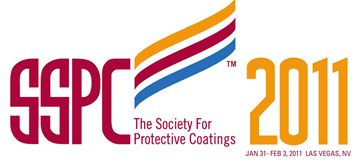Search
Conference Papers
View as
Sort by
Display
per page
Water Treatment Dosage Control and Relationship to Performance
Product Number:
51395-95260-SG
Publication Date:
1995
$20.00
Waterborne Acrylic Latex Coatings for Marine Topside Applications
Product Number:
41212-699-SG
Publication Date:
2012
$20.00
Waterborne Alkyds - Combining Oil and Water to Reduce VOC and Solve Coating Performance Challenges
Product Number:
51217-023-SG
Publication Date:
2017
$20.00
Waterborne Clearcoats for Industrial Maintenance
Product Number:
41207-390-SG
Publication Date:
2007
$20.00
Waterborne Coatings for Heavy Duty Applications in M&PC Market
Product Number:
41211-605-SG
Publication Date:
2011
$20.00
Waterborne Coatings for Water and Wastewater Treatment Plants
Product Number:
41205-174-SG
Publication Date:
2005
$20.00
Waterborne Coatings with Increased Cross Link Performance
Product Number:
41214-845-SG
Publication Date:
2014
$20.00
Waterborne Direct-to-Metal Coating Application Development for Bridge Applications
Product Number:
51323-19032-SG
Publication Date:
2023
$20.00
Waterborne Epoxy Hybrid Coatings for Commercial Architectural Applications
Product Number:
41214-820-SG
Publication Date:
2014
$20.00
Waterborne Functional Coatings: Combatting Noise, Heat and Air Pollution
Product Number:
41216-998-SG
Publication Date:
2016
$20.00
Watermain Breaks - Materials Does Matter
Product Number:
51323-19290-SG
Publication Date:
2023
$20.00
Waterproofing Concrete; A Guide to Using Water Repellent Sealers and Thick Film Barrier Coatings
Product Number:
41206-248-SG
Publication Date:
2006
$20.00














